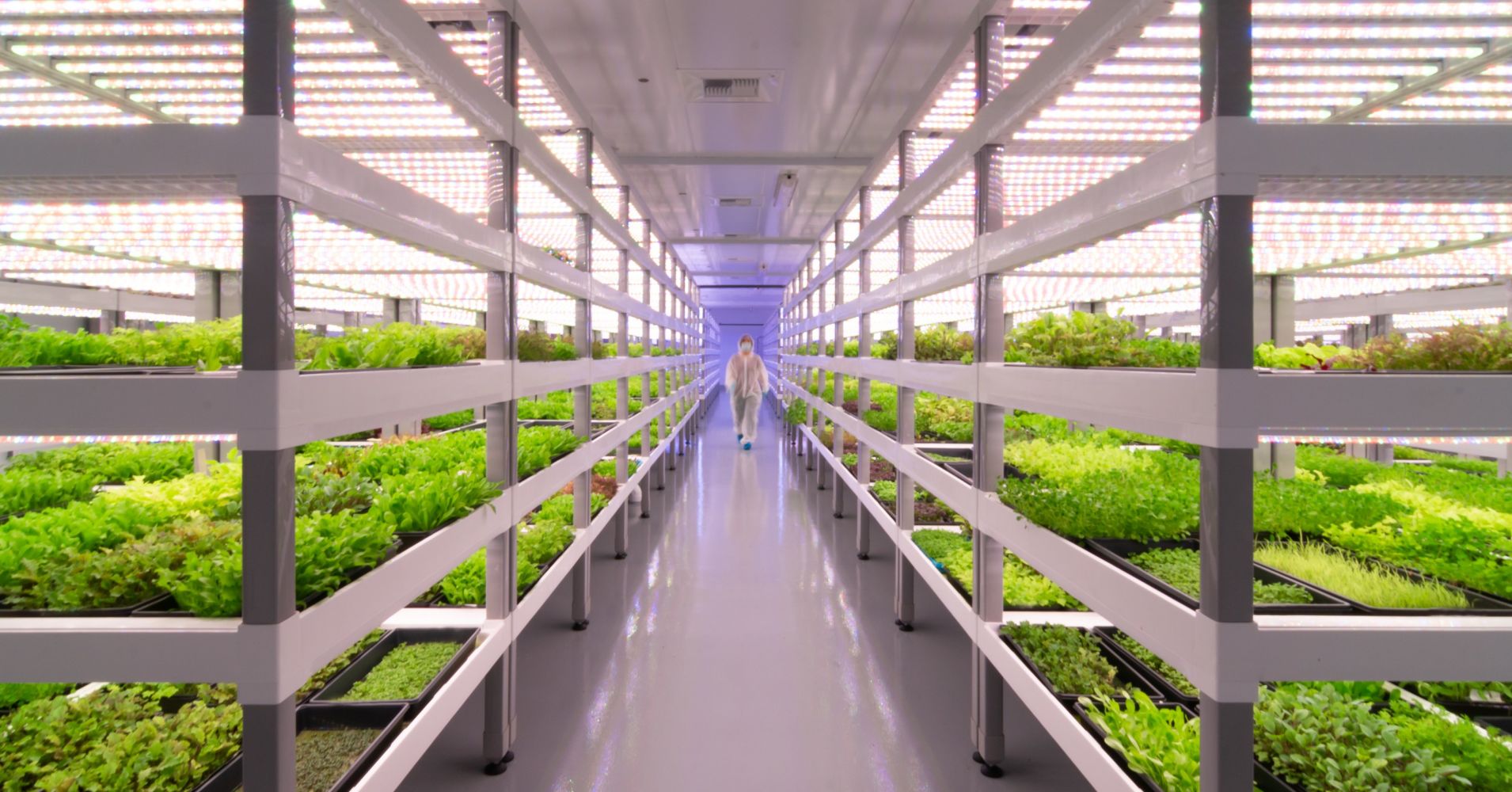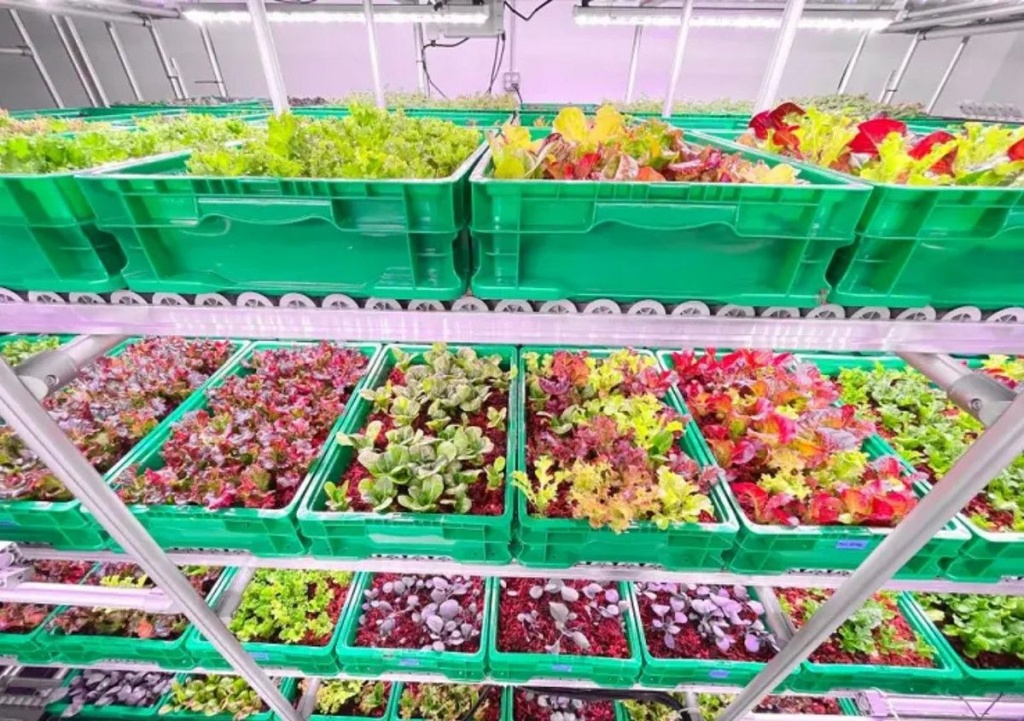
- 18 July 2023
Empty office buildings in the US began to be used as vertical farms
An old paper company and warehouse building in the US that closed during the Covid-19 pandemic has opened vertical farms for growing greens and vegetables. Smithsonianmag writes about it.
Area 2 Farms in Arlington, Virginia grows greens, herbs and root crops. The company offers a meal delivery subscription -- the cost ranges from $40 to $50 -- with delivery to your door.
In the US, almost 20 percent of office buildings still remain empty. According to data collected in 10 major cities, office occupancy only recently exceeded 50 percent of its previous level. More than 27 million square feet of office space in the US is projected to become obsolete by 2030. Currently, municipalities are trying to repurpose empty offices. In New York, for example, city officials are turning empty office buildings into apartments, and Washington, Los Angeles, Chicago and Philadelphia are exploring the idea.
In the Canadian city of Calgary, Alberta, earlier this year, AgriPlay Ventures turned a portion of unused office space in the Calgary Tower Center into one of Canada's largest indoor urban farms.

AgriPlay Ventures officials say the office spaces provide an ideal environment for growing food because they are already equipped with air conditioning, heating and ventilation.
AgriPlay provides hardware that uses artificial intelligence to convert and install custom self-connecting modular systems. The model has been designed specifically to fit into existing office space and requires no prior knowledge of agriculture.

Offices are suitable for the arrangement of vertical farms more than for the arrangement of housing (at least it is cheaper and faster). Plus, it makes it possible to locate farms with fresh greens, vegetables, fruits in central areas and serve local communities and businesses, thereby reducing transportation costs.
When done right, vertical farming can produce as much produce as traditional farming methods in urban areas and small spaces, experts say. In addition, farmers get the added benefit of consistent year-round production without the uncertainty of climate or pests, while using 90 percent less energy and 98 percent less water. Although vertical farming cannot replace more traditional methods, it provides fresh produce in areas with little food production or access to healthy food.
Back to the list







